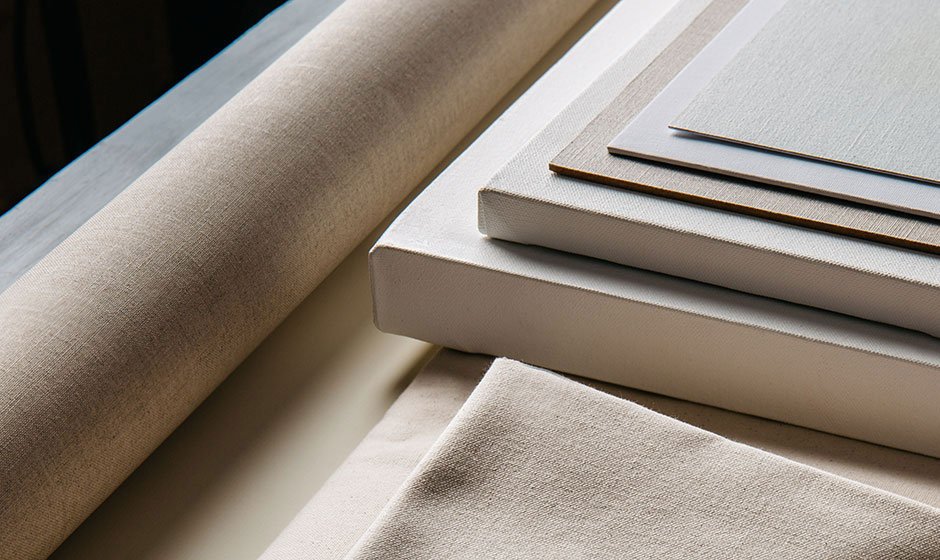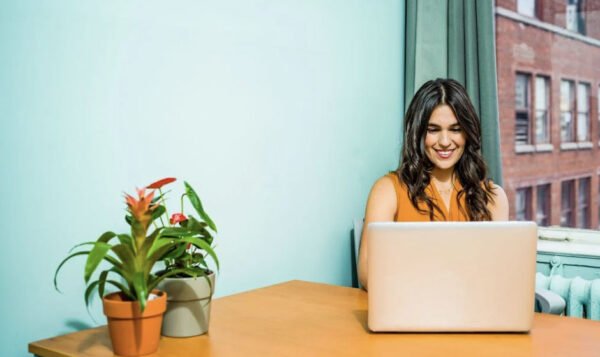Canvas Couture: Finding the Right Blank Canvas to Purchase

When it comes to unleashing your creativity and expressing your artistic vision, selecting a suitable blank canvas is a crucial first step. Whether you’re a professional artist or someone exploring their artistic side, finding the perfect canvas is essential to bringing your ideas to life. This article guides you on how to buy blank canvas for your artistic endeavours, covering factors such as material, size, and texture.
Material Matters
The material of the canvas plays a significant role in the outcome of your artwork. Canvas comes in two primary materials: cotton and linen. Each has its unique characteristics.
Cotton Canvas: Cotton canvases are the most common and budget-friendly option. They are suitable for a wide range of mediums, including acrylics, oils, and watercolours. Cotton canvases are typically pre-primed, making them ready for immediate use. This option proves excellent for artists seeking versatility and cost-effectiveness.
Linen Canvas: Linen canvases are considered the premium choice for serious artists. Linen is known for its durability and ability to hold paint well. It has a smoother surface than cotton, which can be ideal for fine detail work. Oil painters often prefer linen canvases for their ability to withstand the long drying times of oil paints. Despite a higher price point, the quality and durability they provide make them a valuable and worthwhile investment for dedicated artists.
Size and Proportion
Selecting the correct canvas size and proportion is essential to ensure your artwork’s visual impact. Take into account the following factors when selecting the size:
Subject Matter: The subject matter of your artwork may dictate the canvas size. For intricate details or portraits, a smaller canvas might be suitable. On the other hand, if you’re working on a large-scale landscape or abstract piece, a larger canvas can provide the necessary space for your creative expression.
Room Placement: Think about where you intend to display your artwork. A small canvas may be perfect for a cosy corner, while a large canvas can serve as a captivating focal point in a room.
Golden Ratio: The golden ratio, a mathematical proportion evident in both nature and art, can serve as a valuable guideline for determining canvas dimensions. It often creates visually pleasing compositions.
Texture and Surface
Canvas texture can significantly impact your painting’s overall look and feel. Canvases come in various textures, including smooth, medium, and heavy textures. Consider the following when choosing the canvas texture:
Painting Style: Your painting style may influence your choice of texture. If you prefer fine details and precision, a smooth canvas is ideal. For impasto techniques and expressive brushwork, a heavy texture can introduce depth and dimension to your artwork.
Medium Compatibility: Different textures work better with specific mediums. Acrylic painters may prefer a medium-textured canvas, while oil painters might opt for a heavy texture to capture the nuances of their medium.
Personal Preference: In the end, your personal preference significantly influences the choice of texture that best suits your artwork. Experiment with different textures to find the one that resonates with your artistic style.
Stretching and Framing
Once you’ve selected your canvas, you’ll need to consider how it will be stretched and framed. Stretched canvases are pre-mounted on wooden frames, making them ready to hang as-is. Alternatively, take un-stretched canvas rolls and stretch them onto wooden frames yourself when you buy blank canvas. This alternative provides more flexibility in terms of canvas size and framing choices.
Conclusion
Choosing the proper blank canvas is a critical decision that can profoundly influence the outcome of your artwork. Whether you’re a seasoned artist or just beginning your creative journey, finding the perfect canvas will set the stage for your artistic expression to shine. So, take your time, explore your options, and let your creativity flow onto the canvas that speaks to you.



